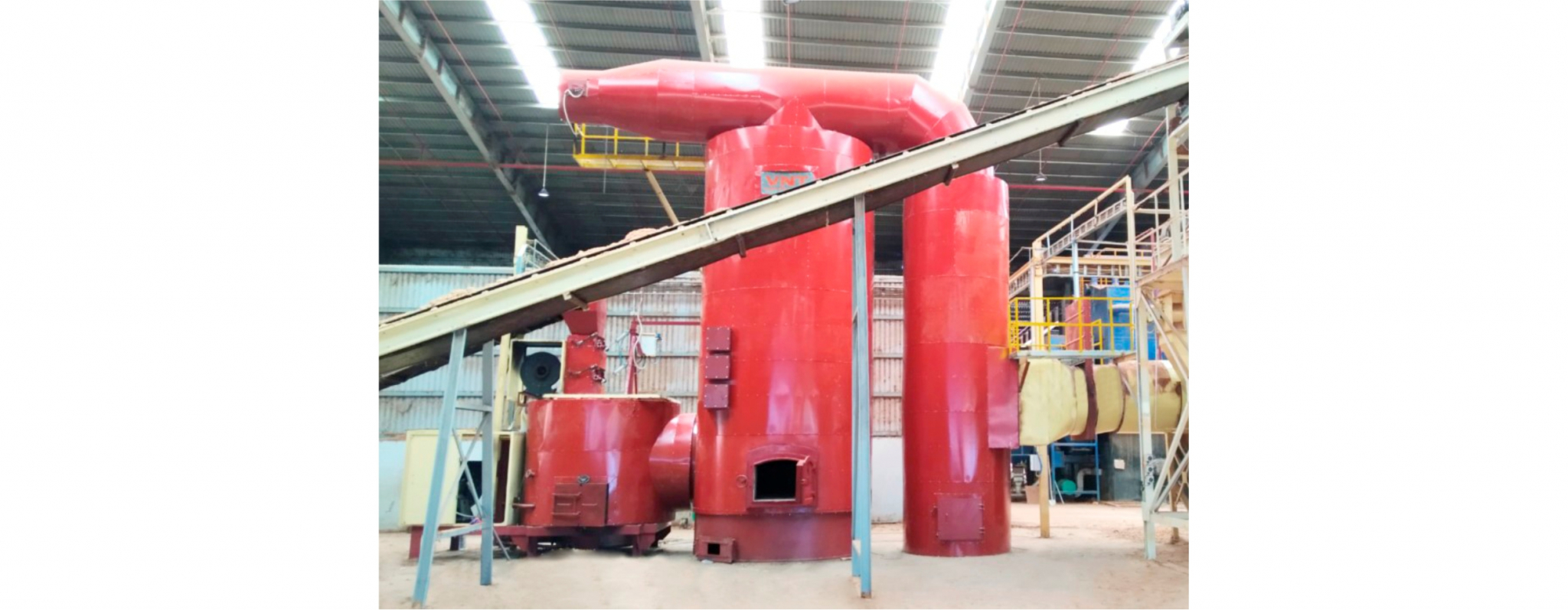
Key Benefits of the Wood Chip Burner System
1. Renewable and Cost-Effective Heat Generation
The wood chip burner system represents a sustainable method for heat production. By utilizing wood chips, industries reduce dependence on fossil fuels, paving the way for lower operational costs. Transitioning to biomass not only promotes economic viability but also contributes to a significant reduction in carbon emissions, aligning with global sustainability goals.
2. Enhanced Real-Time Monitoring
A standout feature of this system is its real-time monitoring capability. Equipped with advanced humidity sensors, the burner accurately assesses wood chip moisture levels, allowing operators to fine-tune burner temperatures. This precision enhances drying efficiency, ensuring a consistent quality of the final product while maximizing processing efficiency.
3. Waste Utilization and Environmental Impact
The burner system effectively addresses waste management challenges by converting wood chips and sawdust—materials often destined for landfills—into valuable energy. This process not only reduces environmental impact but also transforms waste into a sustainable resource, highlighting the system’s role in promoting circular economy principles.
Understanding the Wood Chip Burner System
Designed for optimal efficiency, the industrial wood chip burner system is fully automated and capable of processing various wood chip qualities, including recycled materials. Key functionalities include:
Automatic Ignition: Streamlines the start-up process.
Fuel Feeding: Ensures a steady supply of combustion material.
Safety Shutoff: Protects against potential operational hazards.
Control and Display Functions
Adjusts fan speed based on drying temperature.
Regulates combustion material supply.
Facilitates periodic slag collection.
Manages fresh air intake for optimal combustion.
Automatically releases smoke in case of operational issues.
Principle of Operation
The burner system operates through a carefully engineered process. Combustion material is fed into the combustion chamber via a screw conveyor. Below the fluidized bed, a blower ensures stable combustion by providing uniform air distribution. This system allows for precise airflow and temperature regulation, essential for meeting drying capacity demands. In case of anomalies, an exhaust valve automatically opens, releasing smoke and maintaining safety standards.
Advantages of the Wood Chip Burner System
Automatic Temperature Control: Consistently maintains ideal drying conditions.
Reduced Drying Time: Boosts overall productivity and operational efficiency.
Integration of Modern Technology: Features advanced controls for seamless operation.
High Durability: Designed to withstand the rigors of industrial environments.
User-Friendly Interface: Simplifies operation, reducing training needs.
Energy Efficiency: Lowers overall electricity consumption.
Labor Efficiency: Reduces workforce requirements, further minimizing operational costs.
Conclusion
The industrial wood chip burner system is more than just a heating solution; it represents a strategic investment in sustainability and efficiency for industries worldwide. By offering a renewable and cost-effective wood chip burner heat generation method, facilitating real-time monitoring, and effectively utilizing waste materials, this system not only enhances operational performance but also supports environmental stewardship.
As industries increasingly shift towards sustainable practices, integrating a wood chip burner system can lead to substantial long-term benefits, fostering a greener future for all. Explore the potential of this innovative technology and consider how it can revolutionize your industrial heating processes. Your journey towards sustainability starts here!